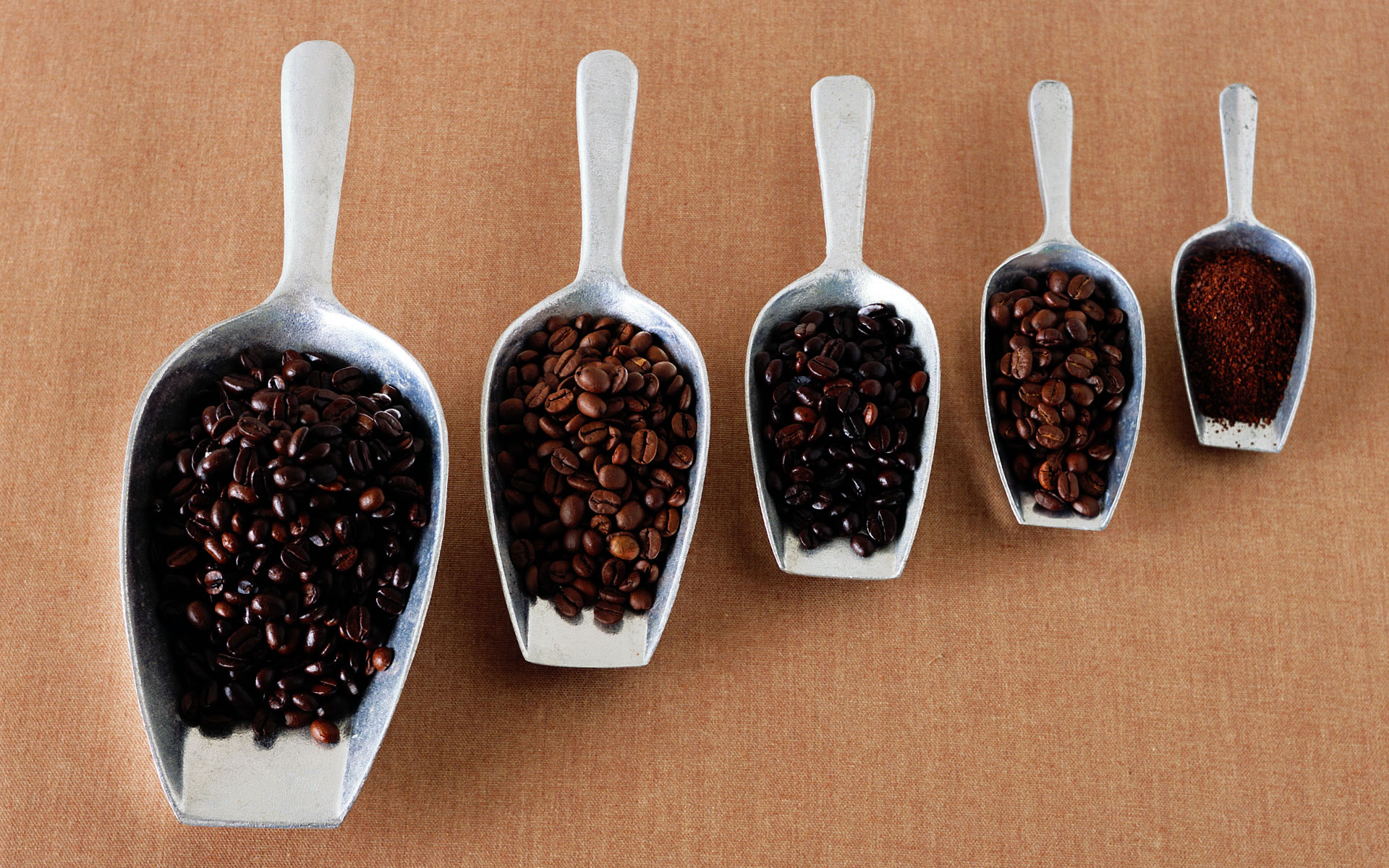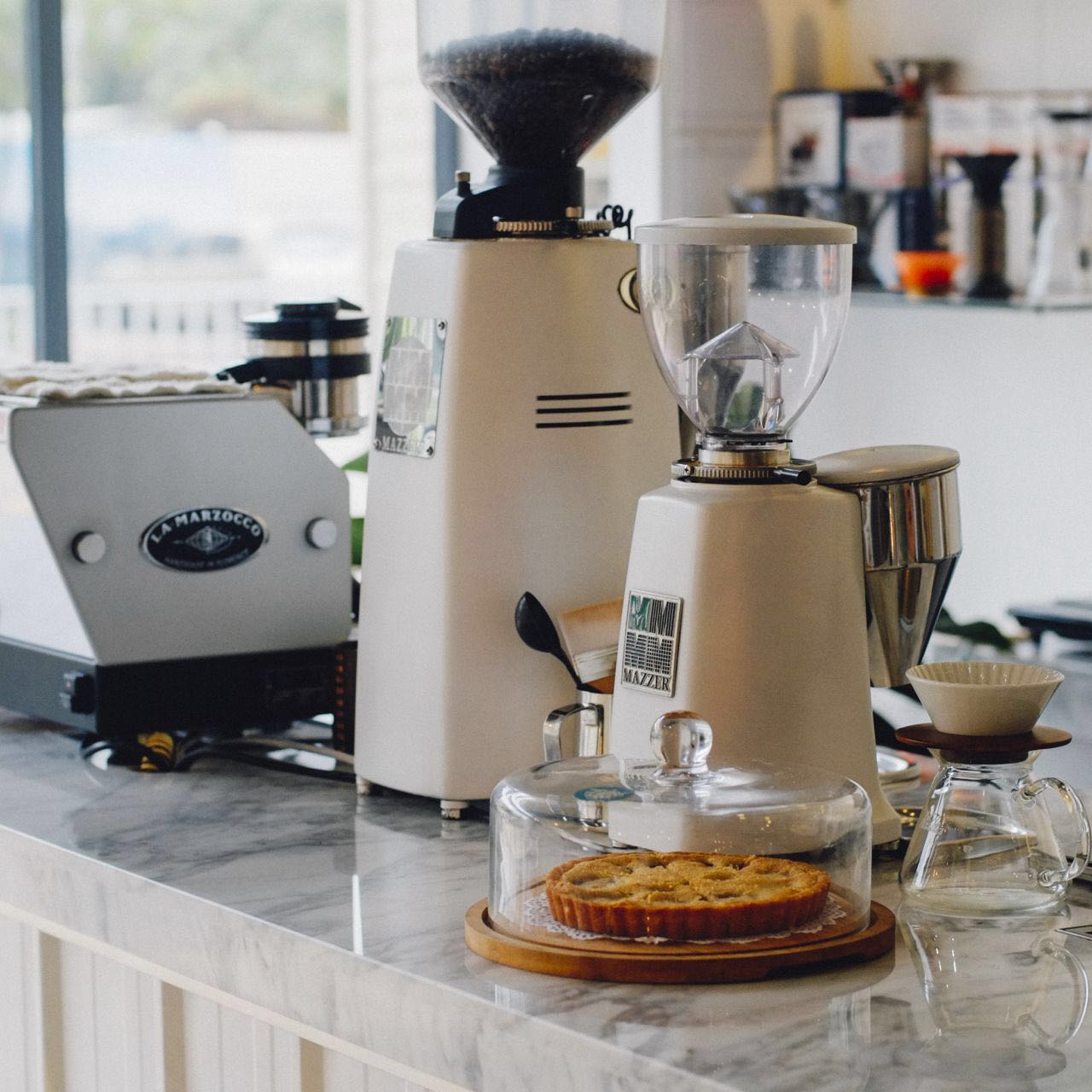Understand espresso and control crema espresso coffee bean espresso machine
One refutation for not using Robusta in condensed combinations is that "Robusta can bring better crema to concentration." This is true, because Robusta contains less oil than Arabica. On average, Robusta contains only half as much flavor and aromatic oil as Arabica, which means less oil can be extracted, and they are less destructive to bubbles. Adding Luodou will correspondingly reduce the total amount of oil that can be extracted, and the result is obvious, and you will get more crema.
Food technologists will tell you that a low oil content will make the concentrated body feel thicker at first, but the low oil content means that the concentrated taste containing Luoda is not as durable as that of pure Arabica and less full. So if this argument is to work, you need to control the use of Luodou at 5% to 10%, so that you can increase the amount of crema without losing too much quality. Some articles focus on the effects of Robusta's special sugars on crema, and it is hoped that the research results in this area will be disclosed and updated.
All of this does not solve all the questions about crema. When making coffee, you will encounter some unusual concentrations, which produce a very unique crema because of its special chemical composition. With regard to this situation, it is obvious that the coffee grown ecologically in the southern state of Minas, Brazil, and the Camocim estate uses Dry pulp (that is, the coffee fruit retains more pulp to dry) to deal with this yellow bourbon. When tested in a cup, this bean has a very strange sweet taste, and when used to make espresso-even if it has been grown for nine days, it still produces extremely rich and thick crema.
After placing the concentrate for a long time, there will still be crema with a texture similar to that of dried milk foam. This is not the only coffee that produces "special" crema. Coffee that is usually treated in a special way, such as Malabar monsoon beans, produces a very special texture of crema, but the crema tastes dry and bitter.
To sum up, even within Arabica, there are many differences in crema among different varieties, mainly due to the form of carbon dioxide stored in different coffees, the content of oils and lipids in different coffees, and how these oils and lipids are extracted. The controversy about crema between Arabica and Robusta is actually very limited. In the case of Arabica coffee alone, the discussion of crema can even be extended to micro-genera.

Important Notice :
前街咖啡 FrontStreet Coffee has moved to new addredd:
FrontStreet Coffee Address: 315,Donghua East Road,GuangZhou
Tel:020 38364473
- Prev

Coffee bean extraction area and extraction time self-brewing coffee training school
If you increase the contact time between water and coffee powder, more flavor substances will be extracted. If the water comes into contact with the coffee long enough, the extraction will continue until no more is dissolved. All we have to do is to find out when the extraction reaches the best flavor value. With regard to the variable of extraction time, there are actually two different aspects that need to be considered separately.
- Next

Analysis of Italian espresso oil Crema blended with coffee beans with rich Brazilian flavor
"Italian concentrate" is a multiphase drink that can be made with roasted and ground coffee powder and water. The concentrated surface is covered with a layer of foam made of tiny bubbles and has a special imprint like a stripe on a tiger's tail. At the bottom of the foam are particles with tiny emulsified oil droplets that dissolve sugars, acids, proteins, caffeine, and suspension.
Related
- Beginners will see the "Coffee pull flower" guide!
- What is the difference between ice blog purified milk and ordinary milk coffee?
- Why is the Philippines the largest producer of crops in Liberia?
- For coffee extraction, should the fine powder be retained?
- How does extracted espresso fill pressed powder? How much strength does it take to press the powder?
- How to make jasmine cold extract coffee? Is the jasmine + latte good?
- Will this little toy really make the coffee taste better? How does Lily Drip affect coffee extraction?
- Will the action of slapping the filter cup also affect coffee extraction?
- What's the difference between powder-to-water ratio and powder-to-liquid ratio?
- What is the Ethiopian local species? What does it have to do with Heirloom native species?

